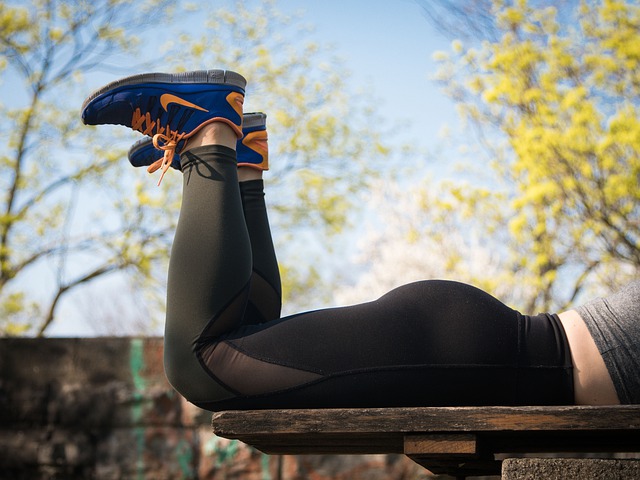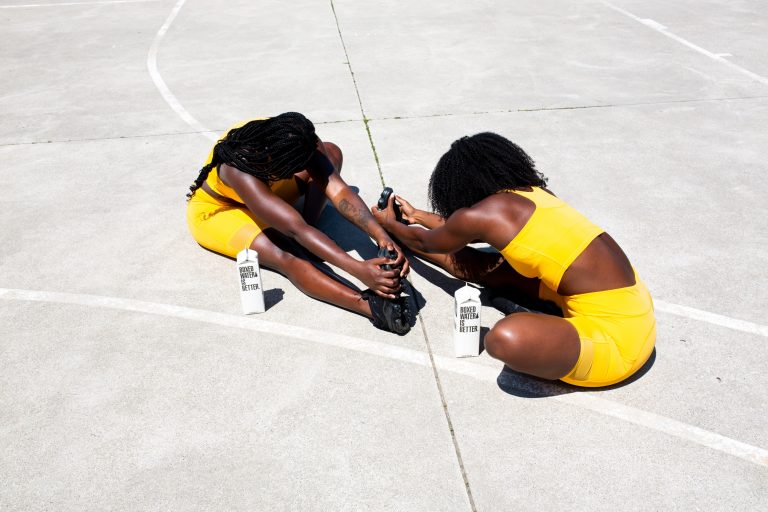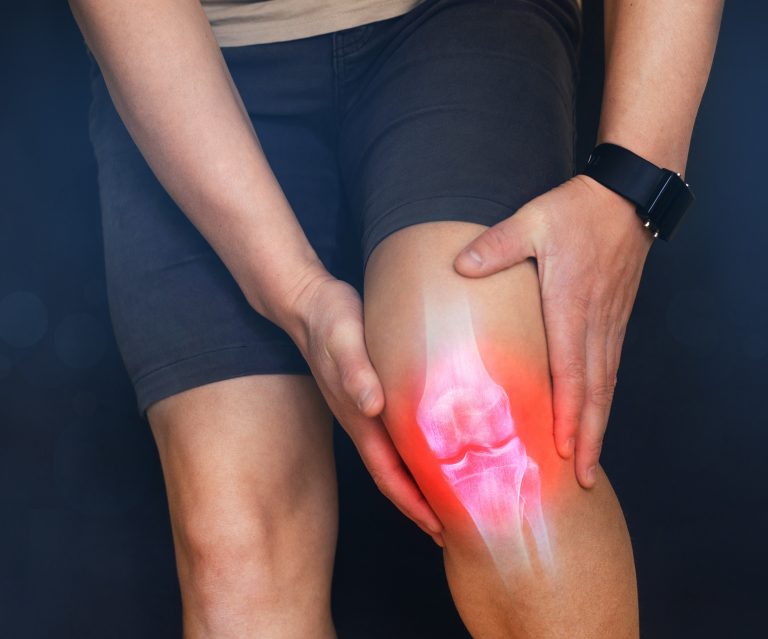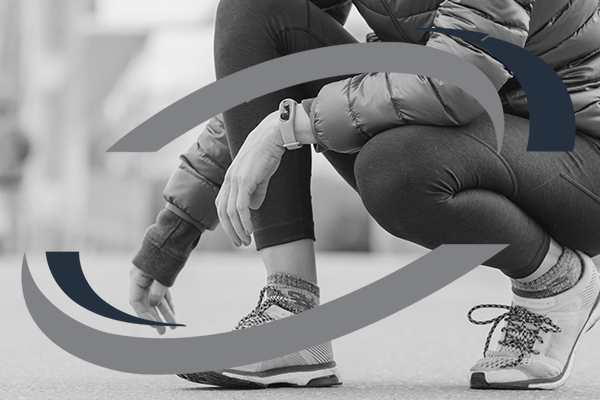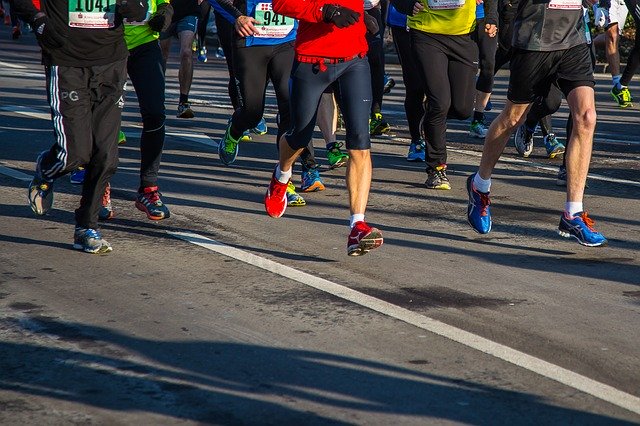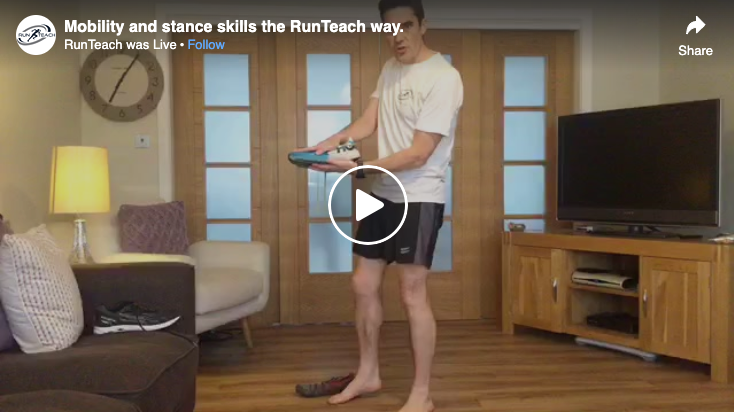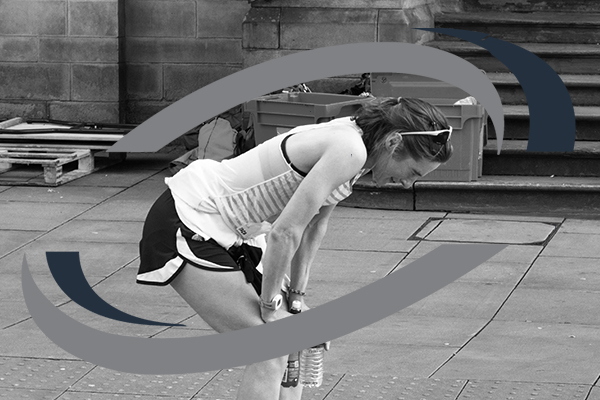Glutes, glutes, glutes! You hear, read and see this everywhere! There’s even a specialist called “The Glute Guy” aka Bret Contreras that you may have come across – he did his Phd is glutes!
But why do glutes play such an important role-in running? And why have you been told they are lazy and not “firing” correctly?
All mammals have glutes, but not all glutes are equal. The structure, shape and size of your glutes will depend on what you want to do. If you are an ape, you want raw power. You want large and powerful gluteus maximus muscles that face outward, in other words: big butt muscles!
Because, as an ape, you spend a lot of your time quadruped (all fours), you need your glutes to power you forwards without much of a requirement to stabilise or stand. When you are quadruped, you have your arms and hands to help stabilise. You can see that a gorilla has large thighs and large gluteus maximus muscles, but the gluteus medius muscle is long and shaped to help with the forward driving power.
Of course, this means that when you want to walk or stand on two legs, it will only be for a short time because you don’t have stability. Standing on one leg is even more limited, if it’s at all possible. There are exceptions, but walking using four limbs is the prefered option.
Now imagine you are a squirrel or a meerkat. You’ll only really come up on two legs to survey your surroundings, then run and walk on all four limbs. And while some bears, gibbons and reptiles can walk on two legs for a period of time, the structure of their glutes still favours power over stability – the two legged walking bit is limited.
Now go back to being you. On a good day, you can not only walk and run upright, you can balance one leg, hop, skip and bound. Really, walking and running upright are one-legged activities, and as a species you are very special to be able to do that. And it’s how your glutes are designed that allows you to be so skilled at these single leg activities.
As I mentioned when you were being an ape, our buttock muscles are called the Gluteus Maximus (G-Max). While it is critical for apes and all quadrupeds that these are very powerful and mainly rearward facing, it is slightly less important for you. You trade a lot of that power for extra stability. There are two other gluteal muscles that need to work with the G-Max so you can speed around in your running shoes without falling over. These are the Gluteus Medius and the Gluteus Minimus.
All three muscles need to work in concert to provide the stability and power you need to run. In many of us, this simply doesn’t harpen, and the result is an overworking of your calf, hip flexor and low back muscles.
In my experience of assessing and coaching runners, the lack of integration of the glutes is rarely down to strength. In the majority of cases it’s a case of faulty wiring, and the good news is that this is usually simple to fix without lots of weights or gym work.
A word of warning: simple doesn’t mean easy. The exercises are simple and they don’t take special equipment, but they do need persistent practice. Your brain holds a virtual map of your entire body, and it uses this map when interacting with the nervous system to output movement. If the map is out of date due to a lack of regular movement or perhaps poorly learned movement, the entire reference is wrong. This is super important because walking and running are automatic processes; if the reference base is wrong, the movement will be wrong.
Your job is to keep the map up to date and to strengthen the pathways between your brain, nervous system and muscles so the movement patterns are as efficient as possible.
OK, now you know why we need to start with re-coding your movements and keeping that brain map updated, let’s look at my top 5 exercises and build them into a four-week progressive plan:
- Lying glute raises
- Glute pull backs
- Hip hikes
- Banded foot ups
- Synchro-lunges
The aims of the plan are:
- Start off by becoming aware of and feeling your glutes
- Start to control your glutes independently
- Start to control your pelvis independently
- Integrate your hips and core
From this base, you can then build endurance and strength, and then start to put it into practice in your running.
Take the challenge of integrating your brain, nervous system and muscular system and you’ll be amazed at how quickly you can improve your running.

